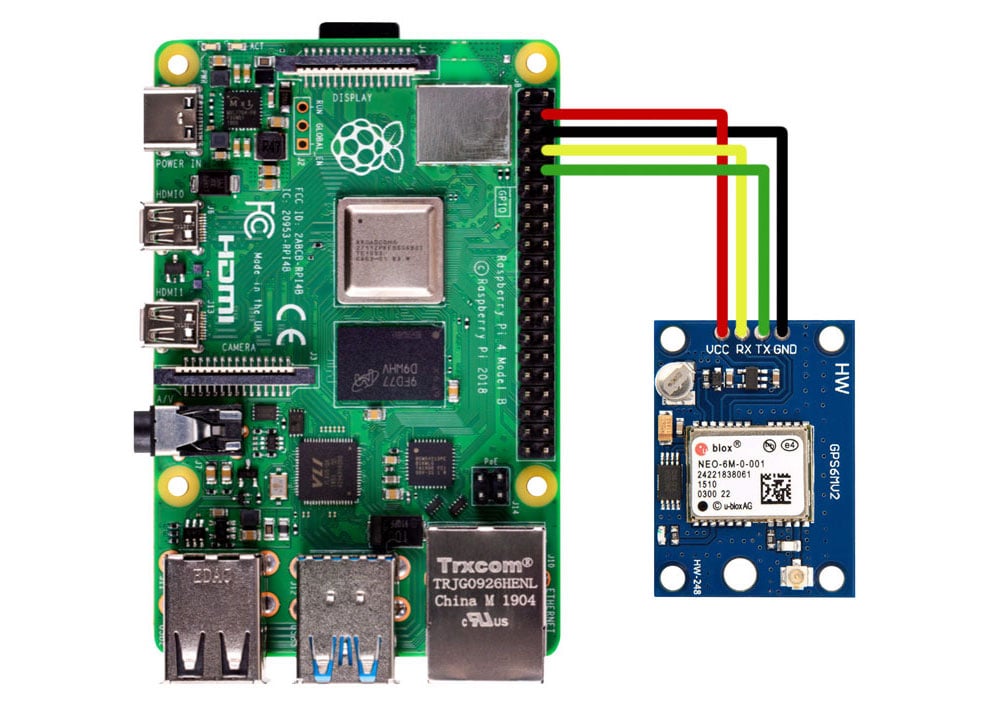
Installing PHP/Apache
This is based on the nifty webiopi guide here.
Install Apache and PHP

Apache is a popular web server application you can install on the Raspberry Pi to allow it to serve web pages. On its own, Apache can serve HTML files over HTTP, and with additional modules can serve dynamic web pages using scripting languages such as PHP. In my previous blog I installed Apache 2 on a raspberry Pi. To display more than simple HTML pages, you need to install and configure additional software such as a database server and scripting language PHP. For more convenience and security you can still arrange things like SSL. A Raspberry Pi is an ideal Apache web server for small websites that don’t require the capacity or server-side processing power of a more powerful computer, and it’s an ideal development environment if you’re to use HTML. Jun 09, 2019 Apache is available in the default Raspbian repositories and the installation is pretty straightforward. First, update the package index and afterward install the apache2 package by running the following commands: sudo apt updatesudo apt install apache2. That’s it,at this point you have Apache web server installed on your Raspberry Pi.
Add Apache's user (www-data) to the sudoers if needed
This may be necessary if you want web pages to control IO pins etc. Note that by doing this you introduce the possibility of security vulnerabilities via apache. If you are using your RPi on a local network and this is not a concern then you may well not care about this but if you are using your RPi on a public network where security is a concern then you may want to skip this step and find an alternative solution if you hit security permission issues.
Add this line to the end of the file:
Press CTRL + X to save and exit.
Restart Apache
If you type your Raspberry Pi IP address into the web browser on a machine connected to the network you should see the apache default web page appear.
Adding Your HTML, PHP etc Files
Copy them into the '/var/www/html/' directory.
You will need root permission to write to this directory, so if you are using the GUI file manager use 'sudo su' to elevate yourself to the root user before starting the GUI with 'startx'
Restarting Apache
Change The Password!
If your RPi will be connected to the internet or a public network a priority is to make the Raspberry Pi more secure by not using the default username and password. To change the password for the pi user after logging in:
Performance Tuning
If you are not using the HDMI out it is sensible to reduce the amount memory given to the RPi graphics to say 16MB using the config tool:
The configuration file
Raspberry Pi Home Server
